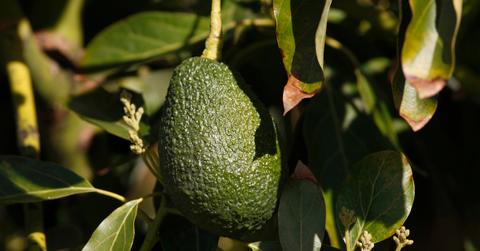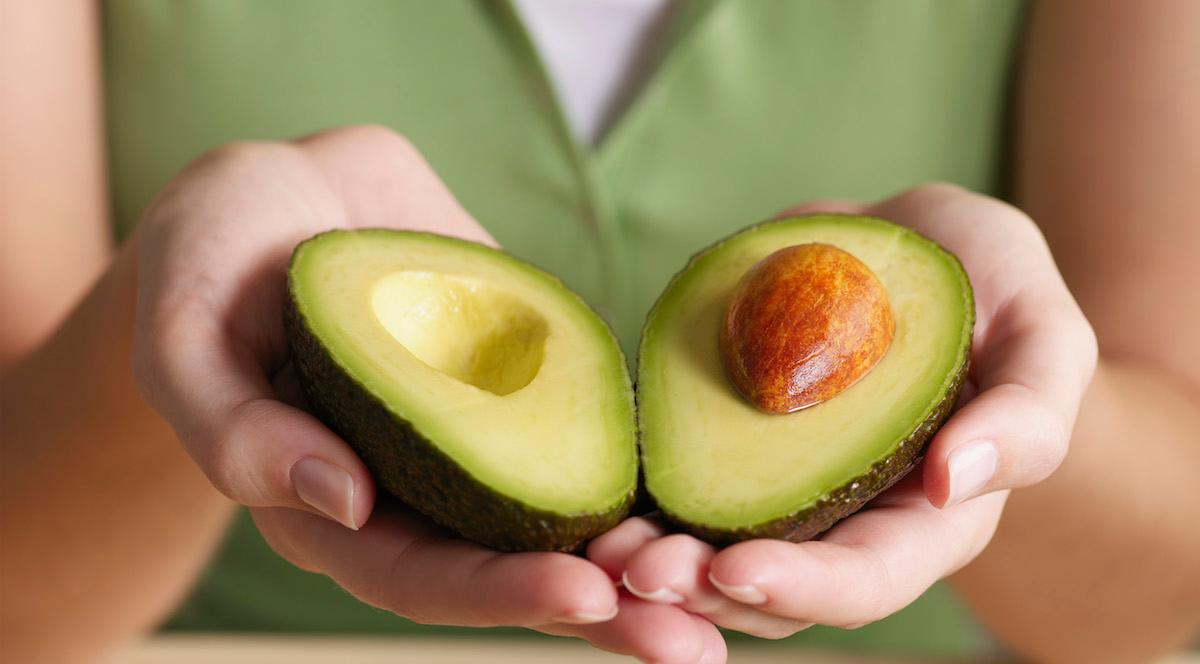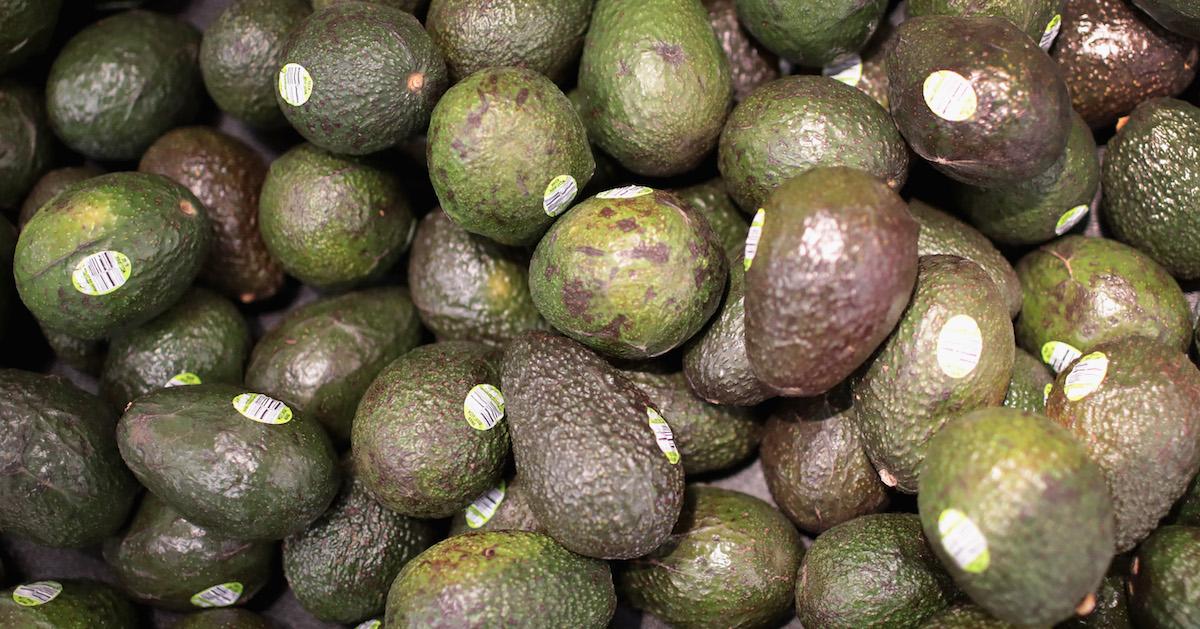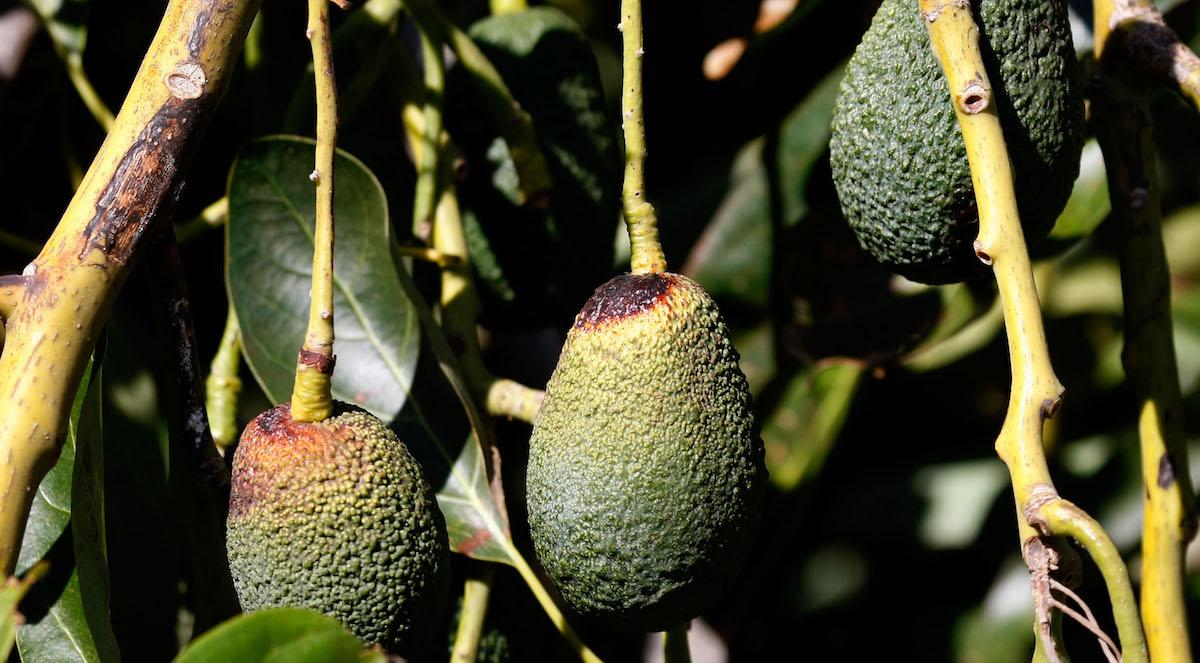Lean, Mean, but Not so Green: How Avocados Impact the Environment
Published Aug. 19 2021, 3:53 p.m. ET

In the past several decades, avocados have become a world-famous superfood that can be incorporated into hundreds of different recipes. Avocados have become so popular, in fact, that their status as a cash crop has earned them the name “green gold.” Unfortunately, the world’s growing infatuation with them means that the environmental impact of avocados is becoming increasingly more problematic.
Why avocados?
Avocados are a delicious, versatile ingredient in cuisine. They are also considered a nutritional powerhouse full of essential vitamins, minerals, and good fats. According to Medical News Today, avocados can improve digestion, lower bad cholesterol, and even decrease the risk of depression.

Avocados are good for your eyes, may prevent osteoporosis, and though further study is needed in terms of human testing, research has even shown them to be a potential bulwark against certain types of breast, oral, and throat cancers. They are also pretty easy to grow, especially in warm, humid climates of about 60 to 80 percent humidity, according to The Happy Sprout.
In the U.S., avocados are currently grown in California, Florida, and Hawaii, but the majority of them are grown abroad in places like Peru, the Dominican Republic, Kenya, Columbia, and Brazil. The world’s largest producer of avocados is Mexico, according to Statista.

What is the environmental impact of avocados?
Unfortunately, the avocado’s popularity almost guarantees that it has become something of a monoculture in some places. Like sugar, coffee, palm oil, and corn, avocados are a commodity. That means that large swaths of agricultural land aren’t being used to grow anything but avocados.
Monoculture crops like avocados wind up drawing all the nutrients from the soil, slowly degrading it year after year. This makes the soil less fertile over time until it is no longer viable for growing. According to Youmatter, this process can leave crops more susceptible to pests and disease, which, in turn, means that more pesticides and fertilizers will need to be used. Those chemicals can contaminate the soils and affect other forms of local plants and wildlife.
Plantation-farmed cash crop commodities like avocados also encourage deforestation, as local farmers slash and burn huge swaths of natural land to make room for new and larger plantations. Deforestation also leads to climate change, extinction, and increased amount of carbon in the atmosphere. Removing forests also leads to soil erosion, which can cause flooding, mudslides, and other dangerous conditions.
Avocados use a ton of water.
The avocado’s biggest problem is the amount of water it consumes. According to Youmatter, avocado plantations put an incredible degree of pressure on a region’s water supply. The World Economic Forum reports that around 9.5 billion liters of water are used every day in order to grow avocados. For scale, that’s about 3,800 Olympic pools-worth of water.
Considering that avos are often grown in areas that are prone to drought, the simple act of growing avocados could wind up depriving entire communities of the life-giving water they need to survive. The cost to transport avocados is fairly high in terms of environmental impact as well. Truckloads of these sought-after berries — yes, avocados are technically berries — pump huge amounts of carbon emissions into the atmosphere as they wend their way across the world.

How are avocados grown?
According to Love One Today, every avocado’s life begins with pollination. Mature avocado trees can produce a million flowers in each bloom, but only about 150 to 500 of those pollinated blossoms will become fully-grown avocados within the year. As a result, bees play a key role in the avocado growing process.
Once the avocados have matured, they are picked carefully by hand to avoid any unnecessary bruising. From there, the shipping process is quick and cold. Avocados ripen in warmer temperatures, so they begin the packing process in pools of cold water. This ensures that the avocados are washed and that their temperature is low enough to travel. The avocados are packed in boxes and loaded into refrigerated trucks. Most avocados arrive at their final destination between two and four days later.

Are avocados bad for the environment?
Like so many monocultures before it, the avocado’s popularity has led it to become an unsustainable commodity. That said, despite avocado's fairly high environmental footprint from its water use, growing process, and shipping process, the avocado still has a far lower environmental impact than animal products — so swapping your morning eggs for avocado toast is a positive choice for the planet.
In order to fix the avocado, we need to start growing less of them. Unfortunately, slowing production means slowing demand, and it doesn’t seem as if the avocado is going to be losing any popularity contests these days.